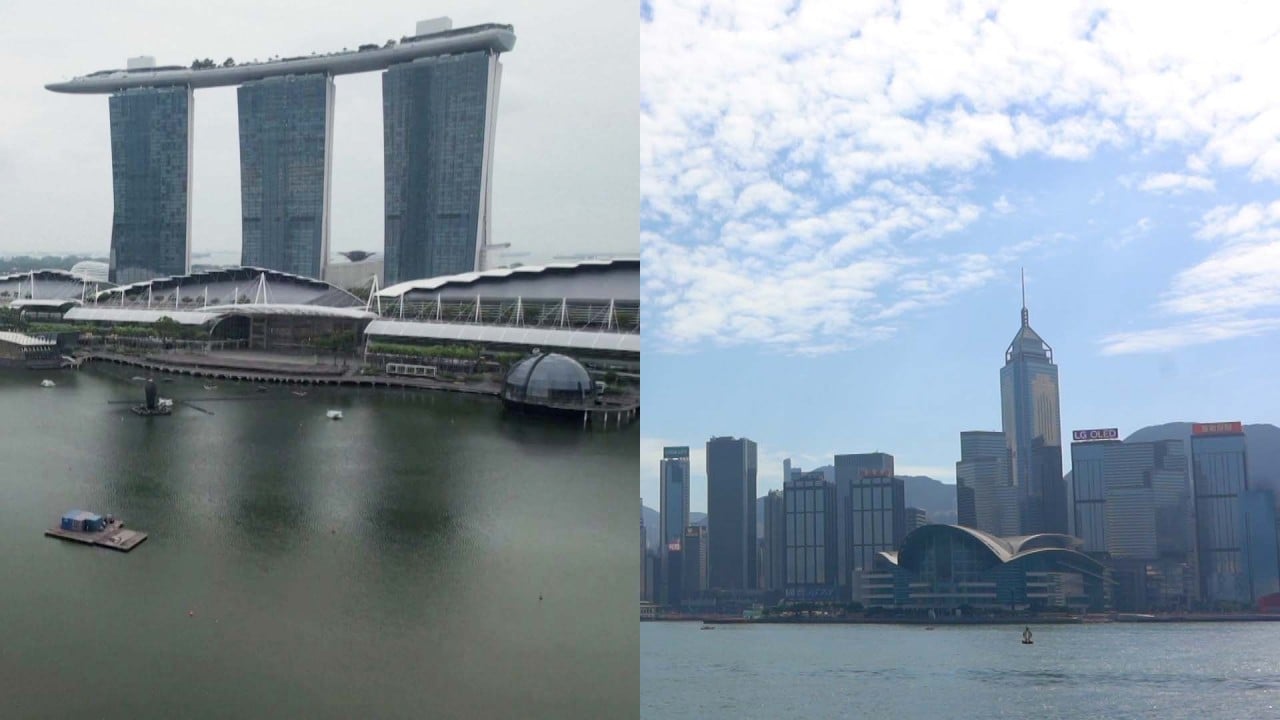
Australia joins Singapore, China, Japan in tackling woes of an ageing population
- About 1 in 4 Australians will be older than 65 within the next four decades, according to a report forecasting societal outcomes
- The double whammy of an ageing, slowing population is already felt across many countries in the region like Singapore, Japan, China
A new “intergenerational report” that forecasts outcomes in Australian society released on Thursday shows that not only is the number of older Australians rising, the country’s population growth will slow to 1.1 per cent annually in the next 40 years, from 1.4 per cent in the last 40 years.

The ageing population will place pressure on Australia’s financial resources, with the report forecasting that around 40 per cent of the projected increase in government spending in the next four decades will be driven by Australians getting older.
The intergenerational report says Australia must plan for an older population, including reducing barriers to labour force participation for older people and for “women and historically under-represented groups” who may wish to work.
Employers can make themselves more attractive to older workers by being more flexible about when and where they work, and by training older workers, the report adds.

Separately, the report indicates Australia’s labour productivity growth – increase in output per unit of labour – has continued to fall and is now at 1.2 per cent versus 1.5 per cent in the last intergenerational report in 2021. If productivity growth were 1.5 per cent, real GDP would also be about 9.5 per cent higher in 2062-63.
A strategic migration plan can offset an ageing population, but it does not resolve ageing, as migrants also age, the report cautions.
In releasing the report, Australian Treasurer Jim Chalmers ruled out another round of baby bonus, saying the “policy levers” were different now and there were policies that encourage women to have children such as parental leave and cheaper childhood education. In the early 2000s, Australia offered a baby bonus of up to A$5,000 (US$3,200) for every baby born.
These problems are shared by many countries in the region, which are “ageing rapidly”, according to a report by the United Nations Economic and Social Commission for Asia and the Pacific (ESCAP) late last year.
ESCAP said the number of people aged 60 years or older would rise to 1.3 billion by 2050, or one in four people, as compared with one in seven in 2022.
Due to a large population of the world living in the region, the Asia-Pacific is ageing more than the rest of the world, ESCAP said.
One in four Singaporeans would be older than age 65 by 2030, according to Lee.
“Today, we are an aged society. Soon, we will be a ‘super-aged’ society. This has massive social and economic implications. We have much to do to help our seniors age well,” he said on Sunday.
“Active ageing” would become more important, said Lee, pointing to new Active Ageing Centres where seniors could join activities and meet friends.
Hong Kong will become the world’s oldest society by 2050, with its population also ageing rapidly. By 2050, 40.6 per cent of its population will be aged 65 and older, according to the United Nations.
China, whose economic engine is fuelled by its 1.4 billion population, is also suffering an ageing crisis where the number of citizens aged over 60 will grow by an average of 10 million per year.
Last year, China’s population declined for the first time in six decades, with the national birth rate for 2022 falling to a record low.


